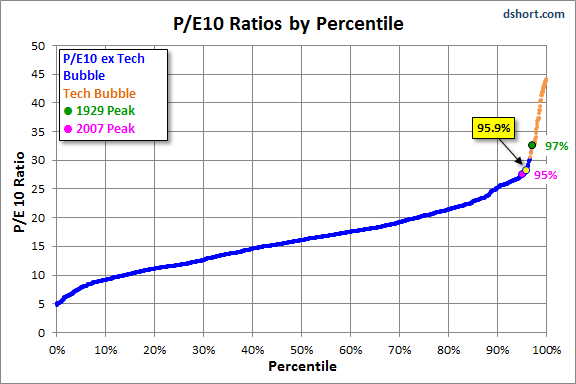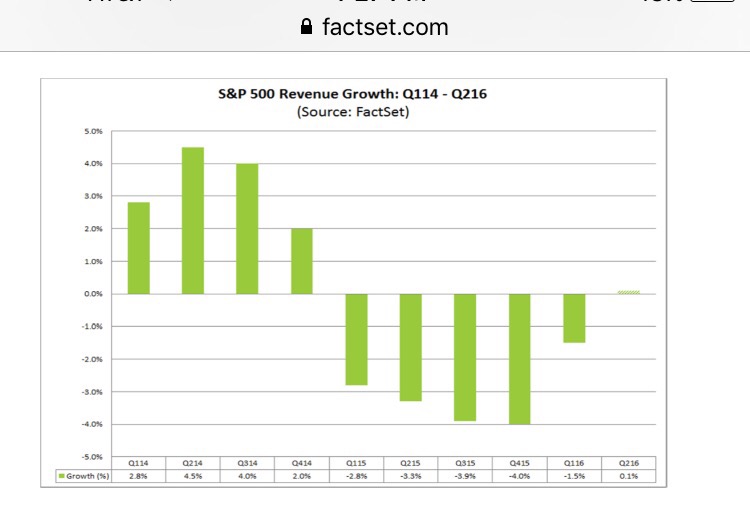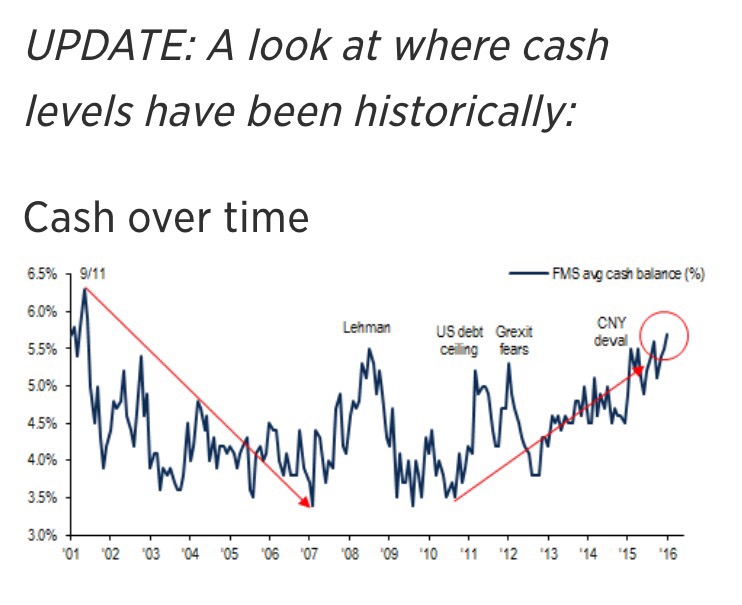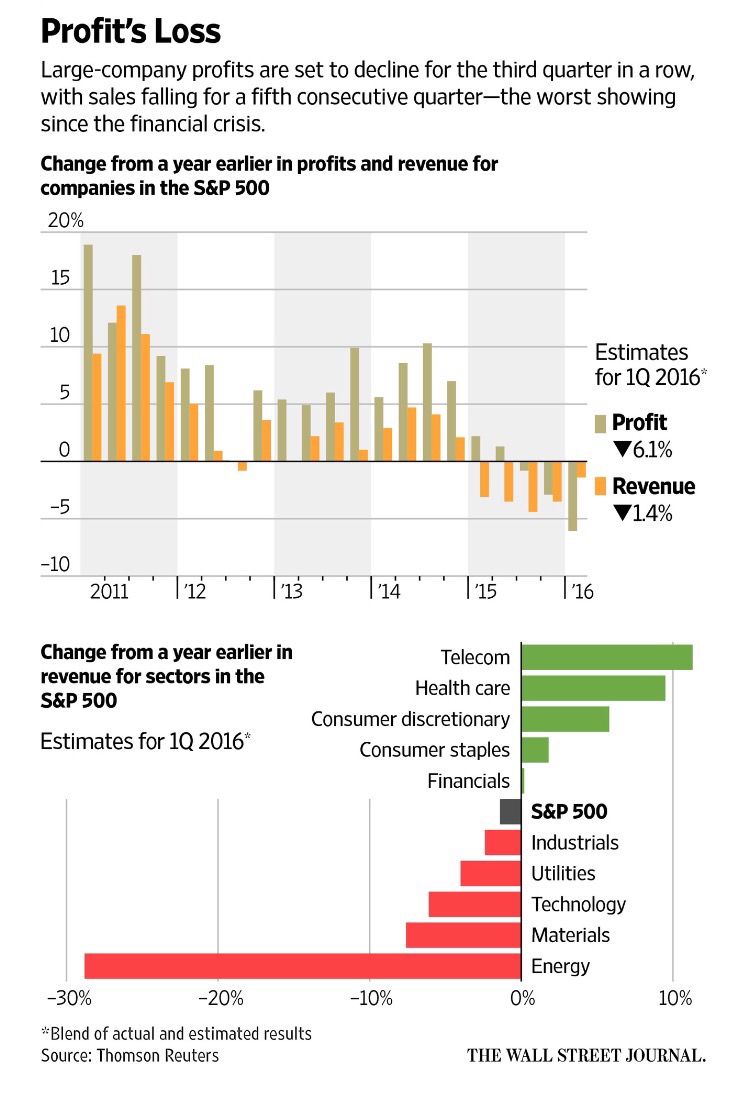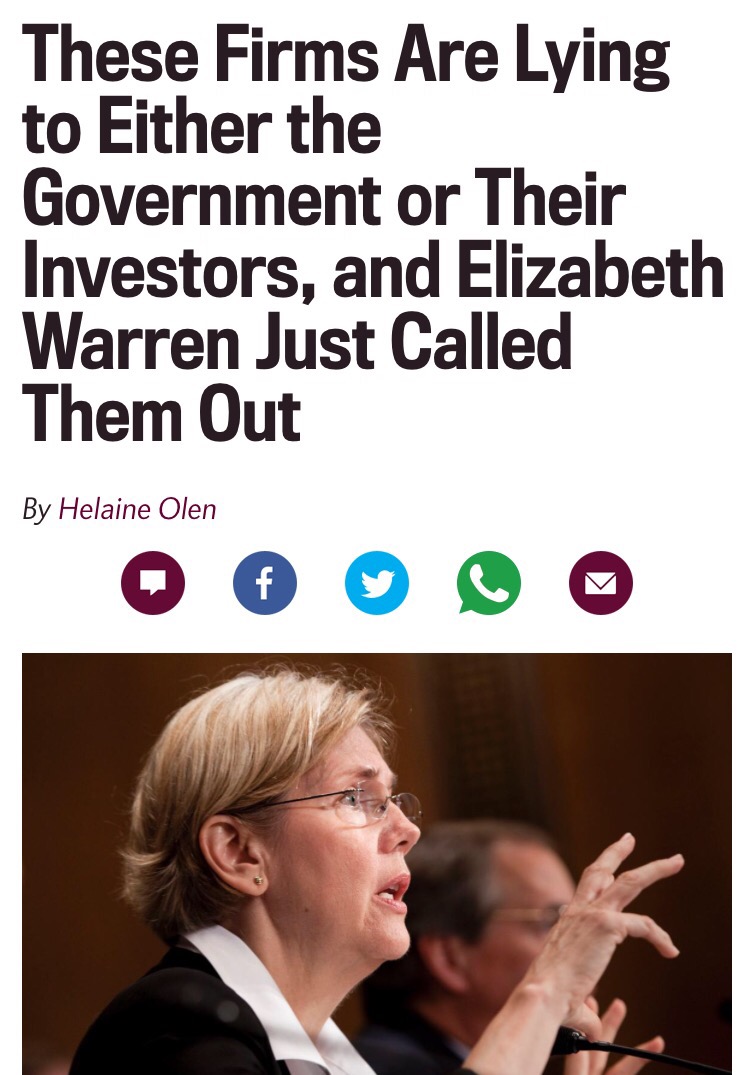Have you ever dreamed of being a half-millionaire? It’s got a nice ring to it, doesn’t it? Well, the fact is, if you are retired or are nearing retirement, thanks to Social Security, you can probably make this claim!
Social Security is just like – actually, even better than – having a pension or owning a private annuity. For a retiree to receive an inflation-indexed monthly benefit of $2,000 it would require an investment of about $500,000. Knowing that, people receiving Social Security benefits of that size can rightfully declare themselves to be a half-millionaire.
For millions of our oldest citizens, Social Security literally secures their financial independence and helps to keep them out of poverty. Given its importance, understanding your filing options, the program’s features, rules and quirks is a wise move.
As a small preview into what’s quickly becoming a perennial topic of the Front Street Foundation’s Money Series, here are just two features of Social Security we’ll discuss at our next program on Wednesday, January 10th.
First, waiting to collect can pay dividends. While the earliest you can file is age 62, for each year you delay in filing, you get a lifetime benefit boost of 8%. That annual boost can build all the way until age 70. The benefit difference between a person filing at age 62 and age 70 is huge.
A sad reality is that a large proportion of Social Security beneficiaries file at the earliest possible moment. That decision results in 32% less each month compared to filing at age 66, the current official full retirement age.
Of course, don’t forget, if you don’t think you will survive for at least 12 more years – and your spouse won’t either, if you’re married – giving up a year’s worth of Social Security benefits won’t pay off.
For example, if you are 65 and decide to wait another year to file, that 8% benefit boost will finally make up for your one year’s worth of forgone benefits by the time you reach your upper 70s. While that’s a pretty solid bet for many readers, it is certainly not a sure bet for everyone.
Second, an old trick that couples use to maximize their combined Social Security benefits is slowly expiring. If you are age 64 or older at the start of 2018, when you file at your official full retirement age you are still allowed to restrict your filing to receive just your spousal benefit. This restricted application allows your own benefit – the one based on your own life’s work – to remain untapped and growing. If you happen to be under age 64 at the start of 2018, the trick is long gone.
To learn more about Social Security, listen to Jason P. Tank, CFA present and answer questions for the non-profit Money Series on Wed., January 10th at 6:30pm in the McGuire Rm. at the Traverse Area District Library. To register, visit www.FrontStreetFoundation.org or call (231) 714-6459.
